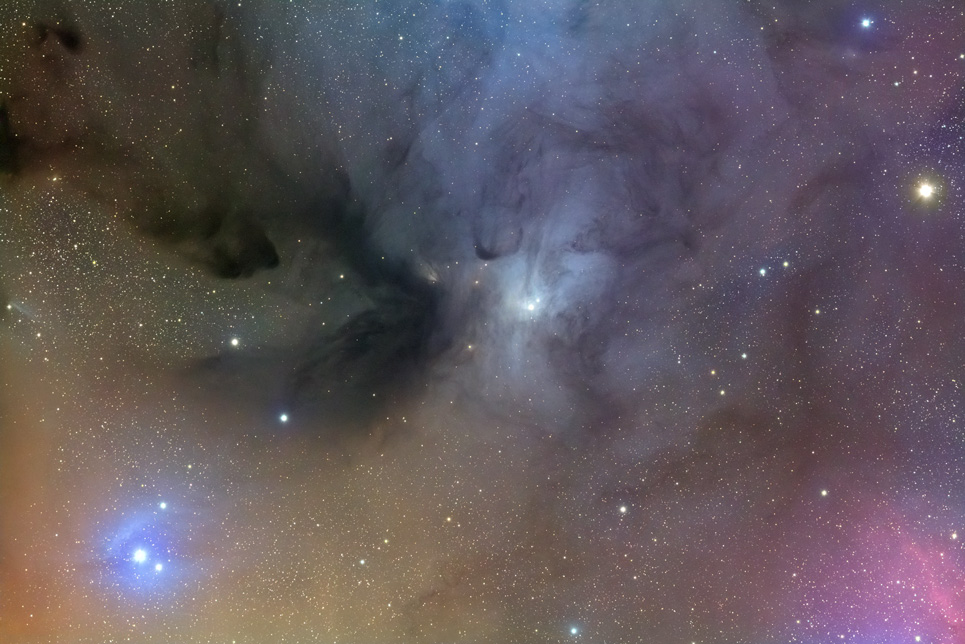
One evening an old Cherokee told his grandson about a battle that goes
on inside people. He said, "My son, the battle is between two "wolves"
inside us all..
One is Evil. It is anger, envy, jealousy, sorrow, regret, greed,
arrogance, self-pity, guilt, resentment, inferiority, lies, false pride, superiority,
and ego.
The other is Good. It is joy, peace, love, hope, serenity, humility,
kindness, benevolence,empathy, generosity, truth, compassion and faith."
The grand son thought about it for a minute and then asked his grandfather:
"Which wolf wins?"
The old Cherokee simply replied, "The one you feed."







